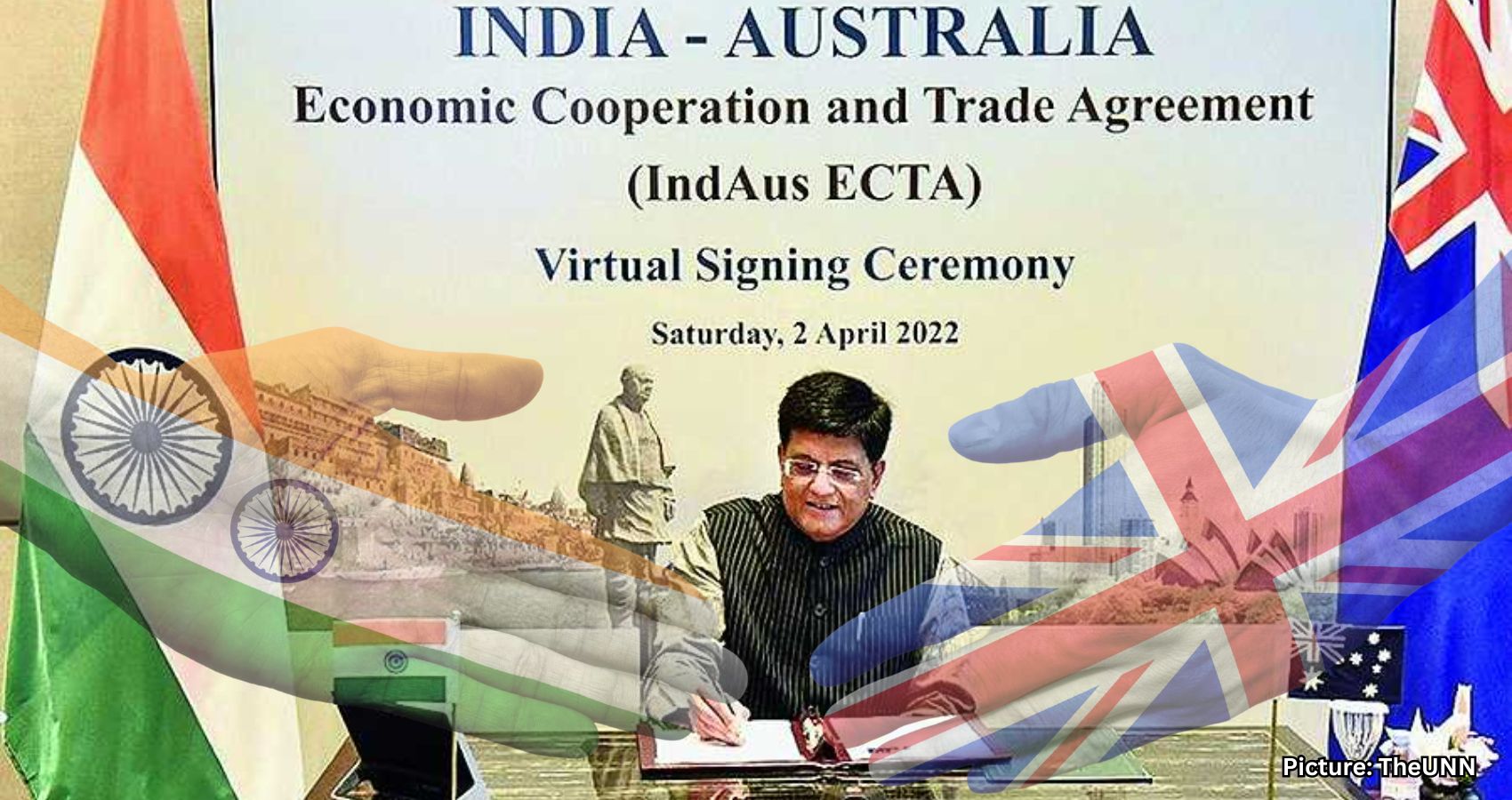The India-Australia Economic Cooperation and Trade Agreement has achieved an 86% utilization rate for Indian exports, enhancing trade opportunities and positioning India for global supply chain leadership, according to an Australian diplomat.
Mumbai (Maharashtra) [India], September 18 (ANI): The India-Australia Economic Cooperation and Trade Agreement (ECTA) has driven an impressive 86 percent utilization rate for Indian exports, creating a thriving trade ecosystem that positions India to leverage Australia’s resources for global supply chain leadership, said Zoe Woodlee, First Secretary Economic Counsellor and Acting Deputy Consul General at the Australian Consulate-General in Mumbai.
Speaking during a panel discussion at the CII Global Trade Scenario National Summit in Mumbai, Woodlee praised the ECTA, which has been effective since December 2022, for enabling Indian businesses to access preferential tariffs on Australian exports such as lithium and rare earths. These resources are vital for India’s renewable energy and electric vehicle sectors.
Woodlee also highlighted India’s trajectory as the world’s fastest-growing economy, projected to become the third largest by 2030, and emphasized Australia’s commitment to supporting this growth. “I was just reflecting on what we said earlier about the trajectory of India’s economy. It is the world’s fastest-growing economy. By 2030, it will be the world’s third-largest economy. And for Australia, we believe in India’s growth and we see the opportunities there,” Woodlee stated.
She further discussed Australia’s economic roadmap, released earlier this year by Prime Minister Anthony Albanese, which identifies clean energy, education, agribusiness, and tourism as priority sectors for the India-Australia economic corridor, with the ECTA serving as a key enabler.
“So much so that earlier this year, our Prime Minister released an economic roadmap which identifies four superhighways that will be priorities for the India-Australia economic corridor. Clean energy, education, agribusiness, and tourism. And the FTA will support the implementation of those priorities under the roadmap,” she added.
Woodlee stressed that while the ECTA creates a framework for liberal trade, it is up to businesses to activate it. “An FTA establishes an ecosystem for more liberal trade. But it’s up to business to bring that ecosystem to life. Earlier I said that 86 percent of Indian exports to Australia utilize ECTA. That’s an indicator that the ecosystem established under ECTA has been brought to life or is being brought to life by Australian and Indian businesses,” she noted.
With bilateral trade reaching USD 24 billion in 2023-24 and Indian exports growing by 14 percent annually, the ECTA has eliminated tariffs on over 96 percent of Indian goods, significantly boosting sectors such as textiles, pharmaceuticals, and engineering.
Woodlee urged Indian firms to view the ECTA within the context of India’s broader network of Free Trade Agreements (FTAs), including those with the UAE and the UK, envisioning integrated supply chains. “India has a number of different FTAs. And if you can achieve 86 percent utilization under ECTA, surely that can also be done with other FTAs. Think about the opportunities that could come to India if we were to look not at these FTAs as individual agreements but as part of a web,” she said.
She specifically highlighted the potential of clean energy, noting, “Australia has lithium and rare earths exported to India under ECTA under preferential tariffs. Manufactured into batteries, solar panels, and EVs. Then exported around the world. Exported to the UAE, exported to the UK, exported to the EU. Using the FTAs, the bilateral FTAs that India has negotiated.”
“I urge you, businesses, to bring to life the ecosystem established by your FTAs and get to know them,” Woodlee concluded.
Source: Original article

